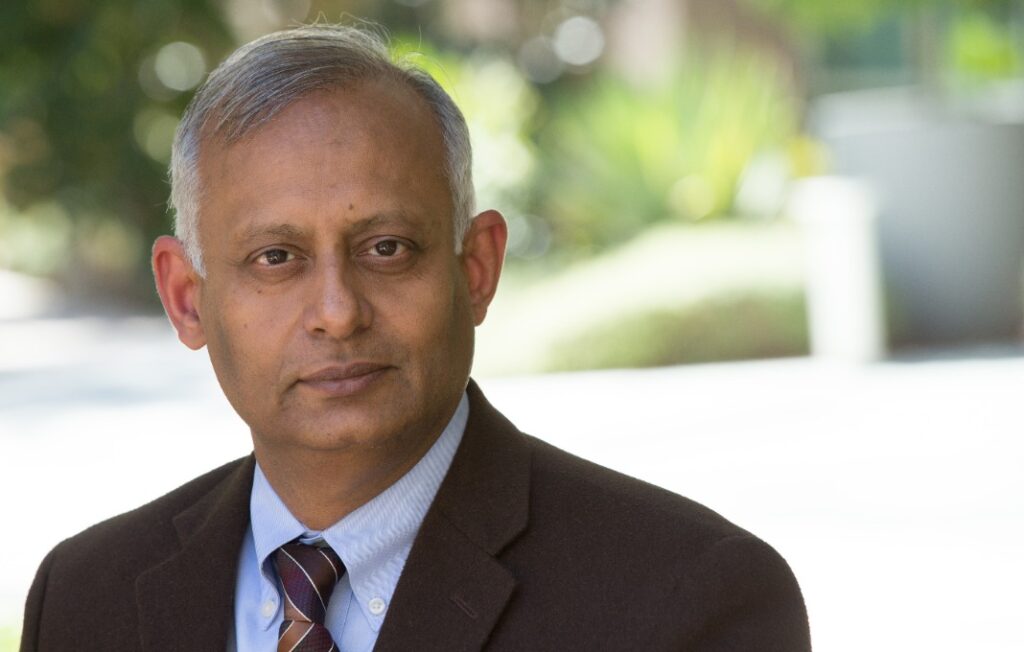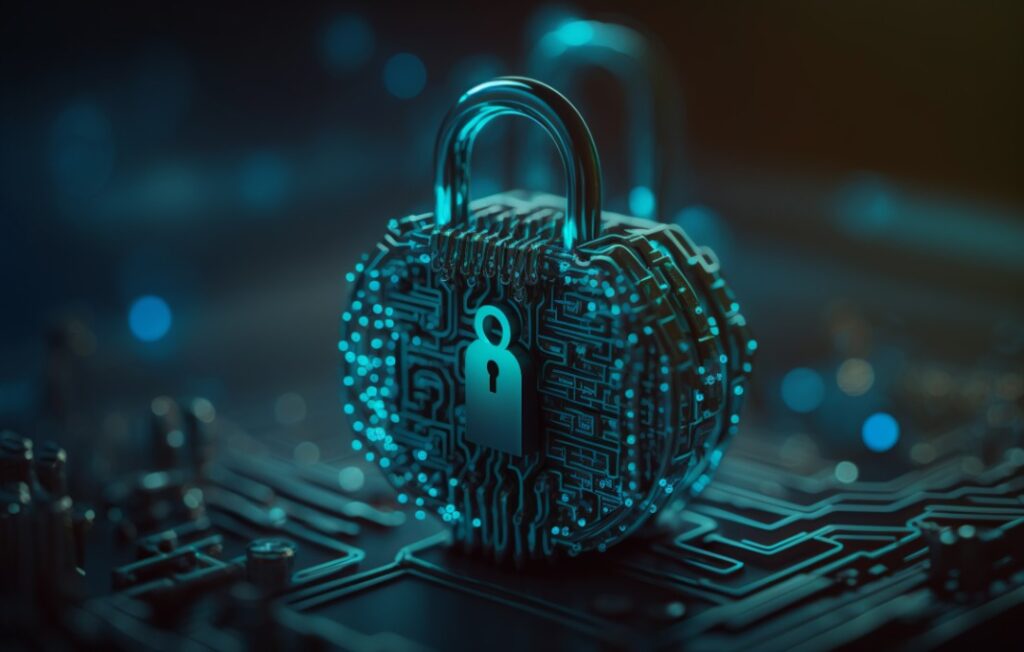What is digital transformation, really? It’s not about making a business digital—it’s about redesigning the business around the flexibility and capabilities that digital technology offers.
So says Mark Mullison, CIO of Allied Universal, a security and facility services company based in Santa Ana, California. Mullison spoke with StrategicCIO360 about how CIOs can best shepherd their organization through digital transformation, how to handle security during an acquisition and the importance of CIO “storytelling.”
What are some of the biggest challenges for CIOs in leading the digital transformation of their companies?
I always say that tech programs rarely fail because of the tech—they fail because you built the wrong thing in the first place, or people don’t use what you built. Digital transformation requires a strong understanding of the business context. Only then can you craft solutions that deliver great experiences and truly transform your business. This seems obvious, but people often short-change this part of the process and start coming up with a solution without a complete enough or deep enough understanding of the business context.
Real transformation also requires new thinking. No one denies the value of digital transformation in general terms, but what does it really mean to “digitally transform?” In the 1980s, Nobel Prize-winning economist Robert Solow quipped that, “You can see the computer age everywhere but in the productivity statistics.” When he said that, IT programs were being funded like crazy, but productivity was stagnant. Poor execution accounted for some of that, but I think a good portion was because people were “computerizing” rather than “transforming.”
It’s still often the case today. Unlocking next-level value from digital transformation comes not when you make your business digital but when you redesign your business around the flexibility and capabilities that digital technology offers. In a great book called “Race Against the Machine,” the authors Andrew MacAfee and Erik Brynjolfsson note that it’s often a long time after the introduction of general-purpose technologies before they result in material productivity gains.
In the late 1800s, the development of the electric motor didn’t yield manufacturing productivity improvements until factory owners not only replaced steam engines with electric motors, but actually redesigned their factories around the flexibility and capability that they offered. Until they reimagined what their factories could look like instead of just “electrifying” them, productivity improvements were limited.
Interestingly, that process took almost 30 years—or enough time for an entire generation of managers and engineers to retire. Manufacturing productivity started to rise in the 1920s as factories were finally truly transformed.
In today’s context, it’s important to ask whether you’re “digitizing” or “transforming.” If you’re going to be successful at digital transformation, you have to tap into your organization’s collective imagination and redesign your business around the flexibility and capabilities that digital technology offers. The obvious learning here is that you need to imagine new ways of operating to get value from new tech. But the less obvious learning is that it’s hard for people who have been doing things a certain way to imagine a different way. To overcome that, if you don’t want to wait for a generation to retire, you need great storytelling skills and very strong change management chops to make the change.
Without those, you’ll never succeed. People throughout the organization need to be able to tell the new story of how you’ll operate once the transformation is complete. They need to see themselves in the final chapter of the transformation journey and feel good about it. If you’ve imagined a compelling destination, skilled storytelling and focused change management are a critical part of getting there.
So, while every organization is different, these three things are important: first, CIOs needs to develop a shared understanding of the problem context, making sure it’s shared among the people doing the transformation work. Second, organizations need to resist walking the easy path of going after digital analogs to what’s in place today and calling that “digital transformation.” Instead, pursue step-function gains by imagining new ways of operating given the power and flexibility that digital tech has to offer. Third, CIOs must develop and use great change management and storytelling skills to get the organization bought into these two things—and more—and get them done.
How is artificial intelligence changing the landscape of the physical security sector?
Artificial intelligence is transforming every sector of our economy, and security is no exception. AI is taking lots of physical security tools to the next level. Video analytics, drone technology and more are benefitting from AI.
We’re using leading-edge AI solutions to improve outcomes for both our clients and our internal operations. One example that’s unique to Allied Universal is HELIAUS, a sophisticated AI-driven platform that we developed that takes us beyond the typical “detect and respond” security posture and moves us toward “predict and prevent.”
More than just a tour or incident management system, HELIAUS is a comprehensive workforce management solution that uses powerful AI algorithms to predict what’s likely to go wrong at a client site and then prescribe solutions to drive better outcomes. HELIAUS ensures that our security professionals are connected and engaged, situationally informed and taking steps to create safer, more secure environments.
The proof is in the numbers. We’ve been running an effectiveness study since we launched HELIAUS in July of 2019. It shows that clients who use the HELIAUS AI see, on average, more than a 20 percent reduction in safety and security incidents. That’s risk avoided. That’s crimes and accidents that don’t happen. That’s people and property protected, and real money saved, through the use of our proprietary AI technology.
We’re using AI internally too. This year, we’re rolling out our new Live Interactive Support AI—LISA for short. She is available 24/7 via a web portal and text messaging to both operators and security professionals. She’s smart and uses advanced reasoning to make decisions and learns what works and what doesn’t. LISA gets smarter and more helpful over time.
For security professionals, she can do things like follow up on timekeeping discrepancies, offer extra hours and redirect questions to the proper team members. For operators, LISA can automate scheduling while considering operational constraints and financial factors. She can also handle last-minute scheduling changes like call offs. We’re teaching her to do more all the time.
How have you adapted your CIO leadership with the recent acquisition of G4S?
Allied Universal is the leading global security and facilities services provider. Before the G4S acquisition, we heard a lot from many of our Fortune 500 clients about their desire for us to help with their security needs in other markets around the world. G4S brings a global footprint and world-class operating capabilities.
With the integration underway now, we’re combining two phenomenal companies, each with rich histories in technology and security innovation. The integration provides an exciting opportunity to work with an immensely talented global team, take the best building blocks from each, and build the world’s best services company.
That’s exciting, but it also requires that you recognize and adapt to the cultural and business differences that come in multi-cultural/global environments. My time in global telecom prepared me well for that. Also, I always make a point to listen and learn. But given the scale of this integration, I’m redoubling my efforts in this regard.
What is the impact to security services when companies make acquisitions?
Any time you’re going through change as an organization, you need to redouble your efforts to monitor your security posture. In today’s world, you’ve got to consider all aspects of security holistically. I say that because the lines between cybersecurity and physical security are blurring. A cyber threat can become a physical threat and vice versa.
You have lots of organizational change and movement during integrations as you adjust your organizational design, combine networks, reconfigure systems, migrate data, among other tasks. The chances of someone making a mistake or acting badly increases amidst the heightened level of change and activity. So, you need to look holistically with fresh eyes at the threat landscape. That means realizing that it’s likely more complicated than your steady state.
Being risk aware is the first step to managing your risk. I’d suggest that any company going through an integration establish a cross-functional integration work stream to focus exclusively on security—not integration of security functions or tools, but rather security of the enterprise in light of the integration’s special circumstances. That’s one good way to equip yourself to better manage your risk.







